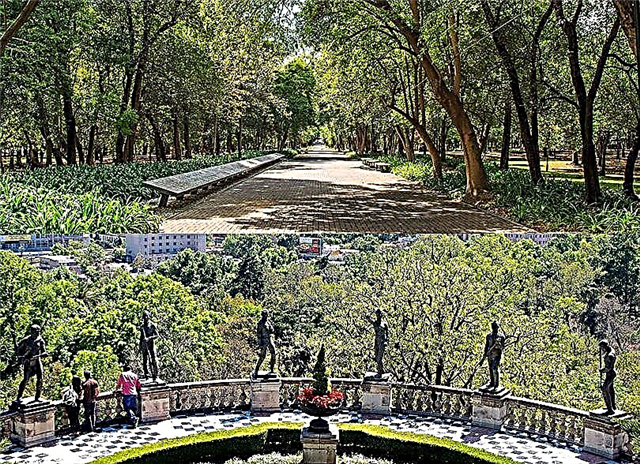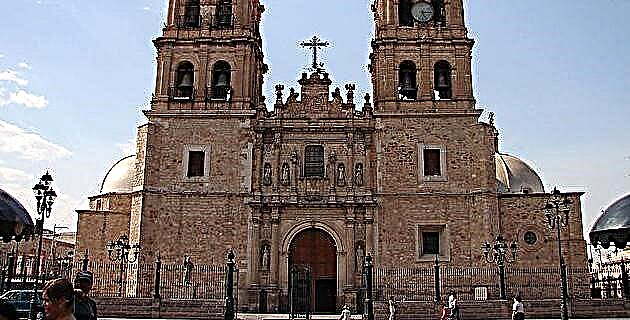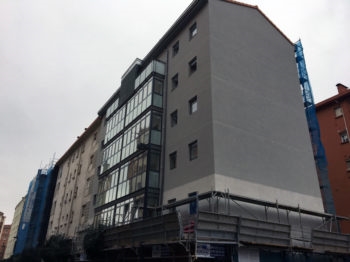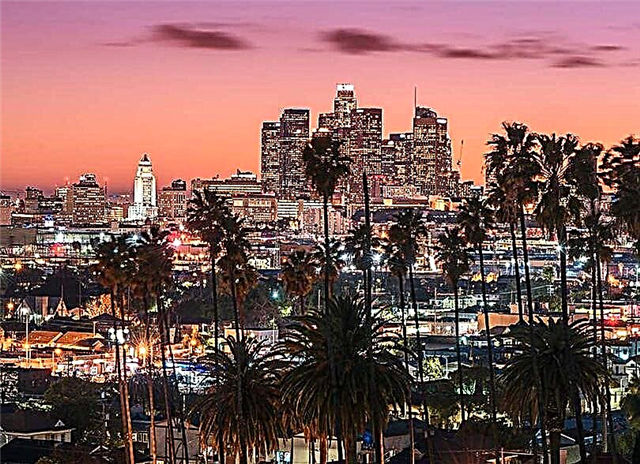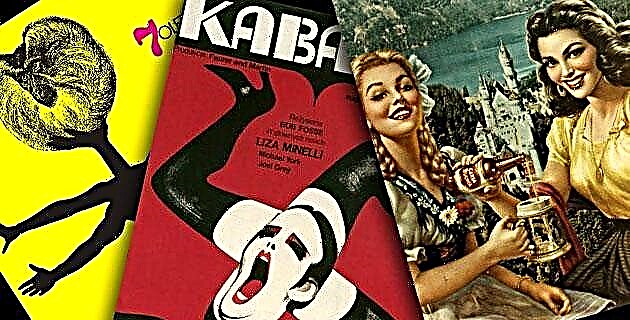
The current era has been characterized by the unprecedented use of the image; With technological advances, the mass media have developed like never before.
An important aspect of communication, in general, and of the visual, in particular, is the great social responsibility, which implies that the senders of messages must create accurate and objective images. The poster as we know it now is the product of a process inserted in the evolution of culture.
In Mexico at the beginning of the century, the social, political and military conflicts that marked the life of the country, were not an obstacle for some industries, such as entertainment, to develop, within a critical economic situation, various means of promotion for a population eager for distractions.
Let us remember that in Mexico there was a graphic tradition since the 19th century forged under the gaze and profession of Manuel Manilla, Gabriel Vicente Gaona "Picheta" and José Guadalupe Posada, among other authors, who touched the sensitivity of the people made up of an enlightened minority and an immense majority illiterate, but not for that reason lacking in interest in the events of the nation. In the more developed cities and towns it was through engraving - and later lithography enriched with text, for those who could read - that the population could learn about historical and everyday events. In a certain way, people were used to living with images, proof of this was the consumption of religious prints and the fondness for political caricature or the taste for being photographed; there are testimonies that the pulquerías had murals in the interiors and exteriors to attract a greater clientele.
From its beginnings, the silent cinema fostered the need to attract the public with the divas and stars of the new show. Using advertisements with still or moving images, the writer, the draftsman or the painter, the sign maker and the printer developed the incipient advertising as a new profession to shape visual products, hitherto unknown, whose immediate influence came mainly from the United States; from that moment on, the commercial poster related to fashion appeared.
On the other hand, in the midst of a climate of post-revolutionary effervescence, the country was reorganizing itself on new bases; plastic artists searched the roots of the indigenous past for another national face, giving rise to a visual language called the Mexican School. These artists recreated historical, social or daily themes and some worked on political themes, such as the members of the Taller de Gráfica Popular of the 1930s who produced posters and all kinds of propaganda for workers' and peasant organizations. From its origins, the Ministry of Public Education fostered the creativity of the new generation of painters (Diego Rivera, José Clemente Orozco, David A. Siqueiros, Rufino Tamayo…) to carry out an educational and promotional crusade on the walls of public buildings; Gabriel Fernández Ledezma and Francisco Díaz de León participated in these educational crusades from publications and graphic arts developing the incipient graphic design.
The poster in graphic arts and advertising
Upon their arrival, the exiled Spanish artists made their mark felt in the making of posters and typographic design; José Renau and Miguel Prieto contributed other solutions and techniques to Mexican graphic arts.
Since the mid-1940s, the posters were one of the promotional resources of the various events for the masses of fans of bullfighting, wrestling, boxing or dancing, while still recognizing that the nascent radio industry it was more effective in disseminating these activities. However, a kind of iconography was developed through easily acquired calendars or cards that fed the fantasy of the middle and popular classes, generally with a vision of progress that was very idealistic and naive to the point of stereotype. However, although cartoonists and advertising painters tried to achieve an acceptable realistic representation of early assimilation, in this type of production very few authors, including Jesús Helguera, managed to transcend.
Large-format advertisements for boxing fights and fights became characteristic for the use of typeface with heavy, good-size characters, printed on inexpensive full-page paper, two-ink fused by degradation. Later, they were glued with paste on the walls of the streets for a wide diffusion that would favor the attendance to these shows.
Traditional or religious festivals also used this poster to announce events to the community, and although it was customary to participate annually, they were created as a reminder and testimony. These types of posters were also made to announce dances, gigs or musical auditions.
The foregoing exemplifies the degree of penetration of visual messages in the various sectors of society, whether for commercial, educational or awareness-raising purposes.
Precisely, the poster must fulfill a communicating function and today it has found its own profile; For a few decades it has been carried out with higher quality and innovation, incorporating the use of photography, greater wealth in typography and color, as well as the use of other printing techniques such as offset and photoserigraphy.
In the period of the sixties, the world highlighted the Polish poster, North American pop art, and the young Cuban poster of the revolution, among other experiences; These cultural events influenced the new generations of specialists and more educated audiences, primarily among the youth sectors. This phenomenon also occurred here in our country and graphic designers (Vicente Rojo and the Imprenta Madero group) of very high level have emerged. The “cultural” poster opened a gap and has been widely accepted, and even political propaganda achieved better levels of quality. Also, to the extent that independent civil organizations starred in other struggles for their demands, they conceived their own posters, either with the help of solidarity professionals or expressing their ideas with the resources available to them.
It can be said that the poster is in itself a popular medium due to its projection and that by having a wide communication it becomes more accessible to the public, but we must know how to differentiate a new idea with a clear, direct and positive message, from a biased image and complacent, even if well done, which, far from making a contribution to graphic design, is part of the abundant visual rubbish of modern societies.

